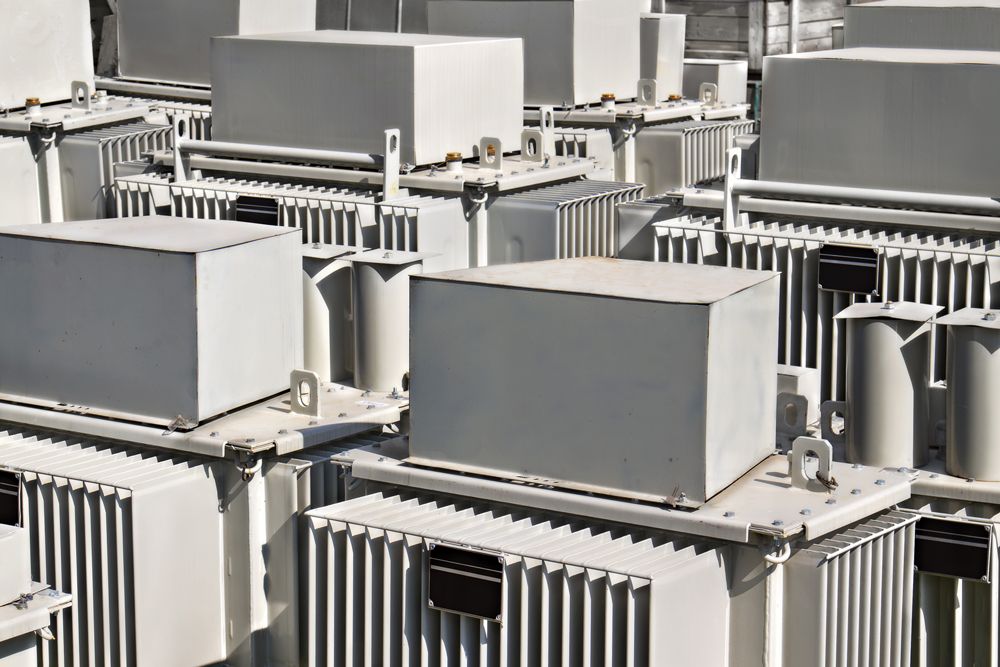H. Brown is Putting Safety First in Crane Service
Safe operation of mobile cranes requires a keen awareness of several, often interrelated, factors. Skipping over or inadequately performing safety procedures can result in crane failures and accidents. These cost money for the replacement of damaged or broken crane components, damage to the load, and damage to property on or near the job site. At worst, such incidents can cause serious injuries and even fatalities.
In Louisiana, H Brown’s highly trained, NCCCO-certified crane operators follow all of these tips to minimize the potential safety risks.
- Take all overhead hazards into account. Make sure nearby buildings, power lines, or other objects are not in the area of operation.
- Run a maintenance check before starting the crane. Check oil, gas, and other fluids. Perform a MESH (mechanical, electrical, structural, and hydraulic) inspection before starting the crane each day. Look for leaking, cracking, broken parts, and other defects.
- Don’t override or bypass a crane’s onboard computer system. Doing so often results in overloading, and introduces all the risks entailed therein.
- Always thoroughly consult the load charts before even transporting — much less operating — any crane. Without a clear understanding of the crane’s capacities, the chances of overloading or overextending are greatly increased.
- Never use distracting devices such as mobile phones while operating a crane. This might seem like common sense, but it’s important to note that there is no excuse for being willfully distracted while operating heavy machinery.
- Survey the ground conditions before setting up. Remember that soft or uneven ground can drastically affect load capacity. The terrain must be suitable to solidly support the crane, as well as all anticipated loads.
- Use the right matting or pads. Ensuring that the proper outrigger pads or matting is in place can prevent sinking and failure during lifting.
- Always make sure operators are thoroughly trained in safe setup and operation protocols. Don’t assume that just because someone has experience in the industry that they will automatically adhere to your safety standards. It is advisable to provide some kind of safety education training for all newly hired operators.
- Don’t operate in high winds, heavy rain, or other types of severe weather. Many moving crane accidents are caused by extreme weather. Even though it can be tempting to keep going, especially if a job is behind schedule, the possible consequences of operating in adverse weather can be dire. Use an anemometer to gauge wind speeds and direction to assess whether conditions are safe
- Check the rigging before starting a project to ensure it is the right size and type for the job at hand.
- Follow standards, requirements, and regulations as set forth by OSHA, the manufacturing company, employers, and local authorities. Never compromise safety protocol for the sake of speed or convenience, and do not allow contrary instructions to supersede your commitment to compliance with all safety measures. Even if someone with authority on the jobsite asks or instructs an operator to skip over safety checks or to operate in a way that is hazardous, that operator could ultimately be held liable and therefore holds the responsibility to refuse to operate in a way that could be unsafe.
Taking time to follow proper safety procedures pays off. Taking preventative measures to minimize the risk of mishaps or equipment failure is absolutely necessary for any responsible crane operator. A crane operator should feel comfortable speaking up if he or she recognizes that a certain strategy is potentially dangerous. The operator should always be allowed and encouraged to suggest alternative methods when said alternatives may be safer.
Count on H. Brown Inc. to be your trusted Louisiana crane service, with a sizeable fleet of moving cranes and highly qualified personnel to help you complete any project quickly and safely.
The post H. Brown is Putting Safety First in Crane Service appeared first on H. Brown, Inc..


